Personally, I am more of a Robin person than a Batman fan.
First of all, Robin is middle class. He has learnt his tricks by default, not because he wanted to. He is a sidekick whose sole purpose in life is to fulfill the agenda of others. That’s my type. Also, might be since I spent a substantial share of my childhood in suburban towns, where every winter we waited for the circus to arrive.
Robin learnt his moves at the Circus, remember!
Back then, there were lots of them, with their sprawling tents and disco-lights and the promise of never-before miracle performances. The deluge of electronics and small screens that have taken over our lives now, and that of our children, seemed more like a page out of a sci-fi fantasy. Circus was real.
I loved circus since I loved the acrobatics, the trapeze finale, the cannonball man, and the heady rush of two bikes speeding against each other inside a metal globe – pure indulgence.
I believed in their magical dare.
I sincerely wanted to be like them someday, while also fully aware that I will never have the guts to be so. Much later, I came across the umbrella term ‘stunts’ that encapsulated all of those heady thrills. It was even later that I learnt how big-stars used body-doubles for their action sequences, and the role of a ‘stuntman’ and an ‘action-director’ in cinema.
Hence, when I got the opportunity to interview Sham Kaushal, one of the most prolific Action Directors of all times in Hindi Cinema – imagine my excitement.
It was childhood all over again.
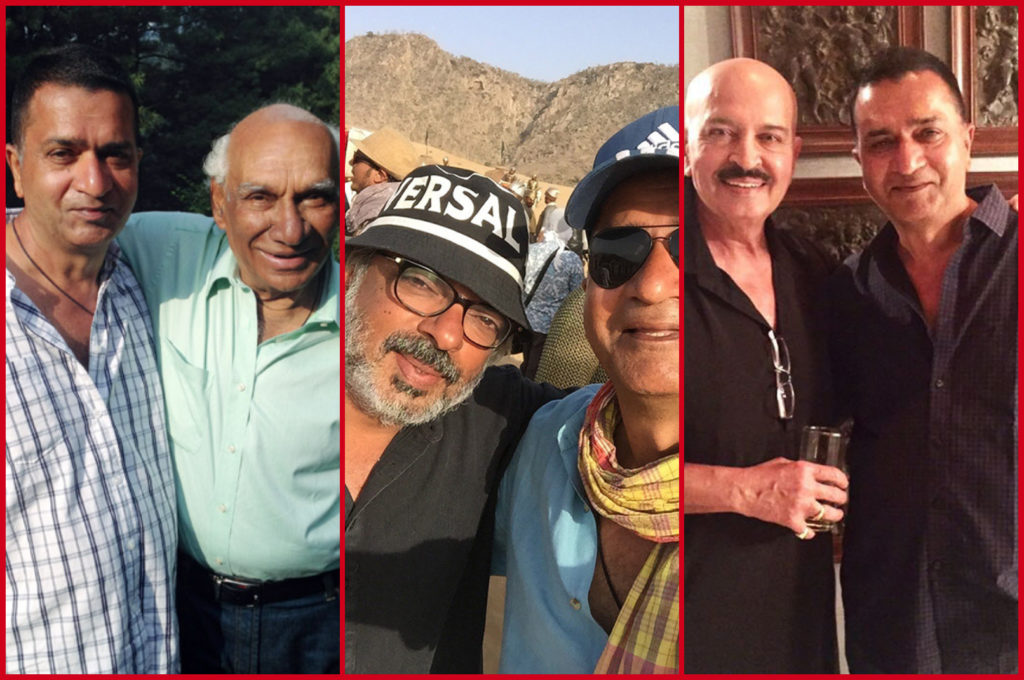
Sham Kaushal doesn’t come across as much of a ‘action’ guy. Deeply rooted in his practicality and humility – Sham is truly a paradox, considering the body (and quality) of work that he has done in his career, spanning almost four decades now.
You can either take a look at Sham Kaushal’s website to take a glimpse at all the exciting work that he has done as an action director (250+ films) and then go further down, or save that for later – and go with the flow.
Let’s first hear from him how it all begun.
Sham Kaushal’s journey begun from a village in Punjab, around two and a half hours from Ludhiana. He did his masters in English Literature before coming to Bombay in search of work, started working as a stuntman since he found nothing better, and in 30+ years ended up doing 250+ films as an Action Director.
That’s a fairytale; the type with a happy ending .
This so reminds me of my early days in Delhi. Not daring to compare, but I too didn’t have an option or a space to return; but that probably happens to every small-town boy or girl who ventures towards a big city to achieve something. Yes, not everyone becomes Sham Kaushal.
So, what is it that was different about him?
I would say it was his tenacity and resilience that worked for him. And a keen mind, always willing to learn and improve. And a fair bit of good luck. At that point of time, he didn’t know what he wanted out of life. Things moved, and he moved along. Like a ship-wrecked sailor, once he sighted a plank, he grabbed it.
But, to be a stuntman, he had to become what he was not. Or, maybe, he became what he was always supposed to be. Tough to say.
Once into the world of stunts, there was no coming back for Sham Kaushal. He immersed himself completely into the profession, learning its ropes, and earning money in the process.
Yes, earning money was important. He had responsibilities back home which he never forgot. But those were heady days for young Sham Kaushal.
Every day was a new day, a new learning experience.
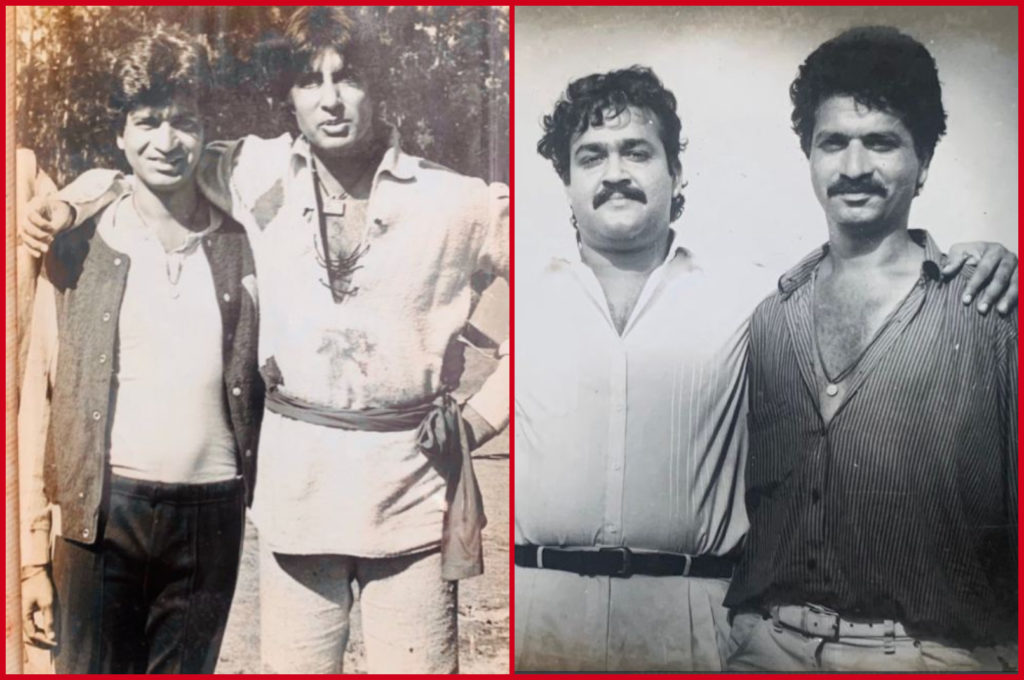
The fact that he was well-educated helped. Those days, it was rare to see an educated stuntman, since the vocation was all about physical stamina, agility and mental strength. Sham Kaushal was different – he was also a thinking man.
That might be also the reason why he got his first major Hindi film as an Action Director, in a revenge drama that has been my all-time favorite. Yes, it was Nana Patekar’s Directorial debut – ‘Prahaar’.
But that wasn’t Sham Kaushal’s debut as an action director.
Now for a flash-forward.
Being a professional writer, I am a bit of a stickler for ‘process’ and ‘sequence’ of events. I like to know how things happen from the scratch – and how they move on.
That’s why I asked Sham Kaushal to give me an overview of what happens, step by step – from when a film comes to him. For anyone who wants to enter this heady, enticing world of ‘action’ in cinema, this might help. Even otherwise, this is exciting.
That’s a pretty much extensive lowdown.
If and when I am in Mumbai, I will ask Sham for some of his storyboards, and share them with you. I have never seen action-only storyboards earlier – so it will be a learning exercise for me too.
And of course, he doesn’t do all of this alone.
He has a dedicated team of experienced professionals to help him reach his objectives; some of them have been working with him for decades. Not every film requires a huge team – so he has a core team, and hires others as and when they are required.
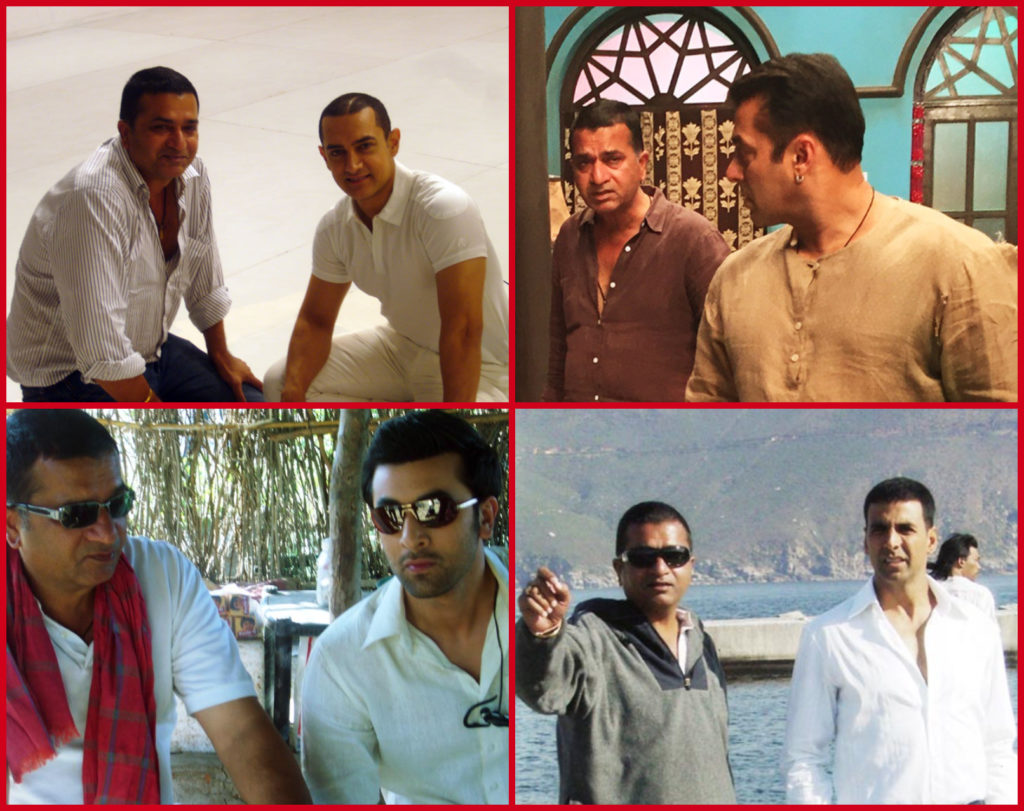
Now about this generic ‘perception’ about action.
Action in cinema is not just about fist-fights or gun-fights between two individuals – it’s anything that involves some kind of risk, or a stunt that’s integrated with the storyline. Once we understand this, recognizing and appreciating the multi-faceted role of an action director becomes easier.
Sham Kaushal gives us examples to better understand these nuances.
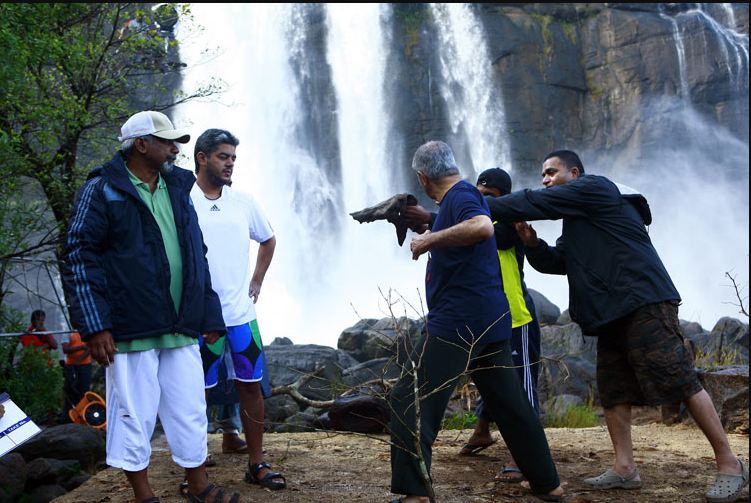
Action sequences in period films have always fascinated me – from the childhood recollections of Ben Hur or Braveheart or Lawrence of Arabia, or those edge of the seat Kurosawa and Sergio Leone movies. Period Action is a genre in itself – Troy, 300, Gladiator, The Revenant…or our very own Ashoka, Padmavat, Bajirao Mastani or even Kesari.
I sought this opportunity to ask Sham Kaushal what it takes to design action for period films. My first reaction, it’s far more complicated and involves a delicate balance between various factors, much of which has a propensity to go caput.
You read and decide for yourself.
And then, there are films that can be called ‘fantasy’ films – widely. In general, these are sci-fi capers – not many of them in Indian cinema. yet. That genre has never been popular in India, for reasons that are beyond my comprehension. Maybe we need to be bang in the middle of couple of world wars to need that kind of illusions.
The very few that have been attempted in mainstream – with the notable exception of the ‘Krrish’ franchise, are more like, well …
I love sci-fi. It gives me a time-out from reality, and my much-needed what-if fantasies. Some people find respite in family dramas – I find my purgation in alternate universes and time travels and superhero flicks. And I am sure someday a wider section of Indians will align with me, and I will be able to sell my stories and scripts to willing new directors, ready to experiment.
Things are happening, though. In the past 5-6 years, I have seen people attempting sci-fi and superhero films in India as well – with relatively simpler ‘Indianized’ storylines.
That’s quite understandable – one can’t expect a ‘Triangle’ or a ‘Inception’ here, yet.
Anyways, I am getting way diverted. Let’s get back to the point.
Sham Kaushal was the Action Director of Krrish.
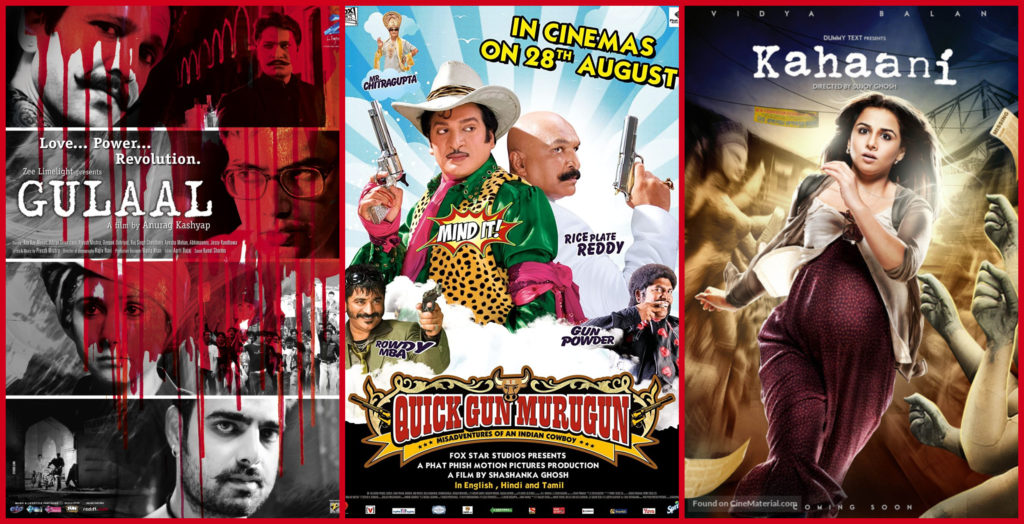
Considering Sham Kaushal’s wide repertoire of ‘genre’ films – I moved on to sports. He has done quite a few of them, including blockbusters like ‘Chak De India’ and ‘Dangal’. He also designed that goosebumps ‘cliffhanger’ scene for the ‘Lakshya’ climax.
Where these films stand out is their ‘detailing’ – the scenes feel credible and true-to-life, in sync with the sports it represents. Sham, in his characteristic humility, mentions that it’s not entirely his doing – this ‘authenticity’.
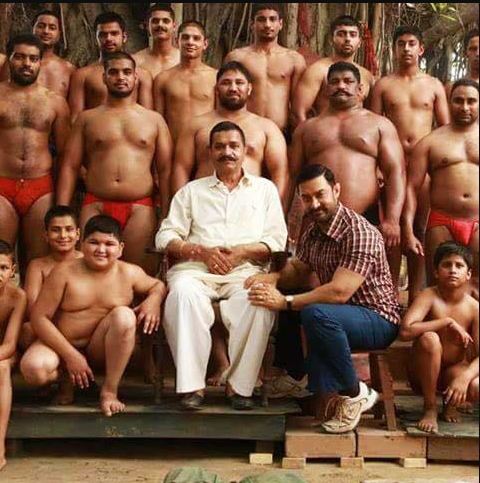
Have you guys seen Marvel’s ‘Daredevil’?
For those who haven’t – it’s a superhero show about a blind lawyer who fights the mafia and other wrong-doers as a vigilante. He has no superpowers – just heightened instincts, a keen hearing ability, and a training in martial arts.
I don’t know if the idea of Daredevil inspired producer Rakesh Roshan and Director Sanjay Gupta to come up with the idea of ‘Kaabil’ – but when I saw the film, back in 2017, I did find some striking similarities.
Sham Kaushal did the action sequences for the blind man which Ritwik Roshan played in ‘Kaabil’. Was it simple? What were the challenges? How were they met?
Starting way back in the early 80’s – it’s been a long journey for Sham Kaushal. He has gathered experiences on the way, and adapted to change in order to survive. Not just that, being a future-ready person, he has anticipated changes, kept his research always updated, prepared for what could possibly come to him, and aligned himself to the ever-evolving requirements of the industry.
And all of this with a monk like stoicism – a casual approach, but don’t be fooled by that. Deep inside, he is pining for more. He will always be pining for more.
His enthusiasm for ‘action’ is contagious, I must give him that.
We spoke for over an hour, and yet, I was left unsatisfied.
The way he explains things is fascinating, and that too without much of a preparation. Now that can only happen when you are in deep love with what you do – and ready to do anything to keep that ‘love’ alive.
More than his achievements, I found his personality captivating.
Which leads me to my final question. I asked Sham Kaushal – how would you like people to remember you? Do you have any un-fulfilled dreams?
I think I should add here a video that I chanced upon in you tube, of Vicky Kaushal talking about his father Sham Kaushal. Since it’s in a moving train, the audio is nothing to write home about. Nonetheless, it reflects the love and the respect junior Kaushal has about his father – and that’s something I adore.
And here’s a bit of an apology.
I have been lazy with my blogs. There has been work that has kept me busy, but not enough to justify my six months long silence. I don’t know if I have any dedicated readers any more, but I have been seeing people liking my blog on Facebook, on a regular basis.
That’s encouraging, and me being me, I never expected these ramblings of mine to be worth anything at all. Just a diversion. It helps that lots of you out there are thinking the same.
Having said that, I will, from now onwards, write a post every month. Find more interesting people, or maybe look at the making of some films that I found to be interesting.
It’s been a mistake moving out of the domain that gives me real pleasure – but I have learnt from my mistake. At least I hope so. Let’s see.


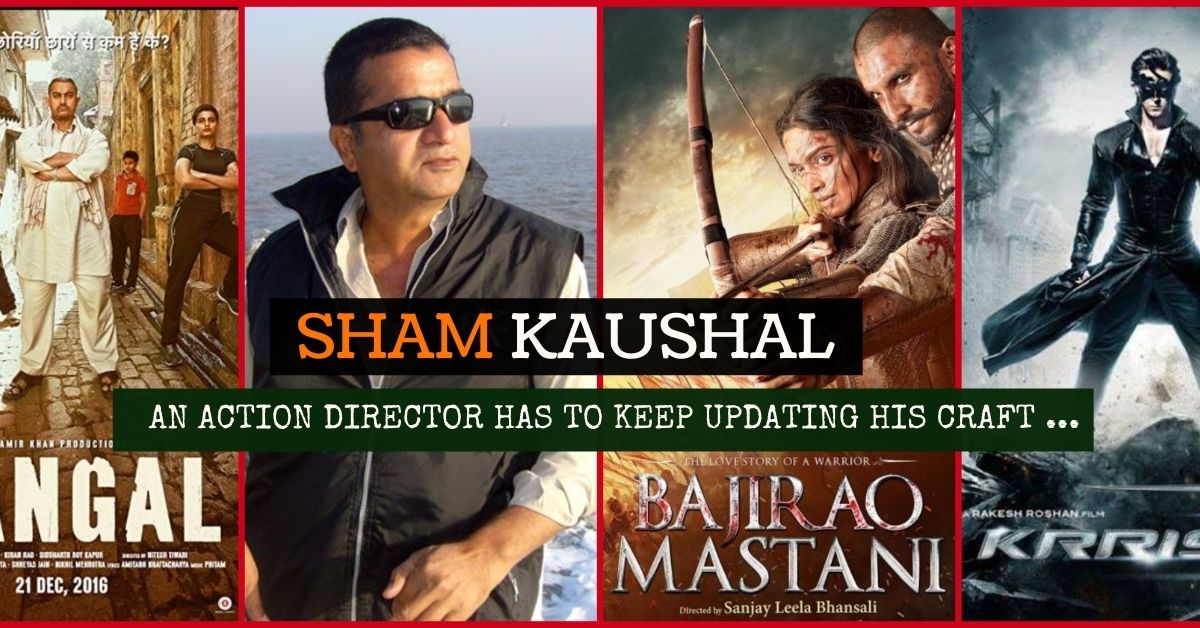
So interesting, so engrossing… Worth the wait
Thanks a lot Gautam. You are too kind, as always.
After a long long wait, ‘There Will Be Time’ is back with a bang nothing less than an action sequence in a film that keeps you hooked throughout. From the very first line to the last, this piece is a mix of interesting twists and turns.
So personal yet so well on point always.
Looking forward to more soon.
This is so encouraging Vidhi. Thanks. Will try to maintain the momentum this time.